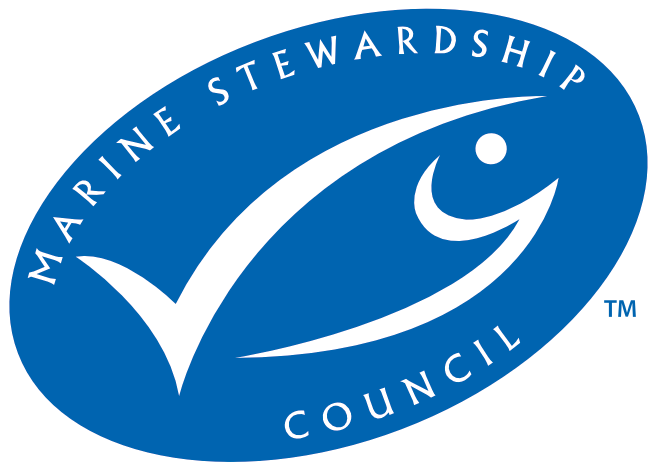
- Certifier :
- Global Trust Certification Ltd.
- Certified status :
- Certified
- Certified since :
- 22 Apr 2015
- Certificate expires :
- 20 Oct 2030
Overview
Fisheries are composed of one or more parts, each of which is entitled to receive an MSC certificate. These parts or “units” are defined by their target stock(s), fishing gear type(s) and if relevant vessel type(s), and the fishing fleets or groups of vessels.
When the term “Unit of Certification” is used for fishing units that are in assessment, it refers to the “Unit of Assessment” or “Unit of potential certification”. Expand a status below to view the parts that form this fishery. To check the detailed scope, download the latest certificate or open the Assessments page to get the latest report. Find out more by visiting our page on Fisheries
Catch by Species
| Species | Reported Catch Year | Metric Tonnes |
|---|---|---|
| Atlantic herring (Clupea harengus) | 2023 | 2,378 |
Information is provided by an independent Conformity Assessment Body as live weight (the weight of species at the time of catch, before processing) and where a fishing season covers multiple years, the end year is given as the reported catch year. Additional information is available in the latest report, see the assessments page.
Eligibility, client groups and vessel lists
A fishery may choose to define the members of the fishery certificate. These members can be vessels or other client group members (e.g. companies that own vessels and/or companies that are named as eligible to handle certified product covered within the fishery certificate scope). Please refer to the fishery certificate statement on additional product specific eligibility criteria (e.g. product eligibility limitations, eligibility date, exclusive points of landing and the point where Chain of Custody certificate is required). Please consult the fishery Public Certification Report for product eligibility rationale.
| Documents | Published on | Files |
|---|---|---|
| Vessel List | 27 Nov 2024 | 1 files |
About this Fishery
Atlantic herring (Clupea harengus) image © Scandinavian Fishing Year Book
The Atlantic herring is found throughout the continental shelf waters of the North Atlantic, from the Gulf of Maine to the Gulf of St Lawrence off the east coast of North America, around Iceland, and from the Barents Sea to the English Channel and Celtic Sea in the Northeast Atlantic.
FROM Nord, a French producers’ association established in Boulogne-sur-Mer in 1965, received MSC certification for its herring fishery in 2015. Herring is one of the most important species by volume for FROM Nord and for the region.
Its five artisan trawlers from the north-western part of France target herring using a pelagic (mid-water) trawl, usually 10-20m below the surface. The fishing season starts in October in the southern North Sea, and follows the herring through the winter months as they move down through the eastern Channel, ending in February or March when the quota is exhausted.
The trawl is deployed in short tows – 10 minutes on average and 20 minutes maximum – with the purpose of taking a catch of no more than 10 tonnes of fish at a time to ensure quality. The net is rigged so that fish above this amount can escape via large mesh panels.
Market Information
In the beginning of the fishing season, part of the herring catch is sold as fresh, particularly at herring fairs (‘foires au hareng’) at ports throughout the region. However, later on the majority of the catch is sold fresh to the canneries in Boulogne-sur-Mer and Fécamp.
